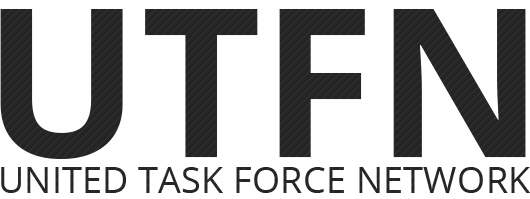The UNITAF Force Manual (FM) serves as a comprehensive guide, detailing the standard operating procedures, strategies, and foundational principles governing UNITAF operations. Designed for both novice and experienced members, the FM encompasses the breadth and depth of UNITAF's operational philosophy.
 Group
Group
Introduction to the UNITAF Force Manual (FM)
The overarching organisational segments of the FM, these help in broadly categorizing the content, making navigation simpler.
Nested within Chapters (or Subchapters where applicable), these are collections of contextually connected content. Each group houses a series of blocks that align with the group's thematic focus. Groups are assigned a reference such as: FM/GXX
Guides within the Force Manual present best practices and recommended approaches. They offer valuable insights, suggestions, and practical advice to enhance member performance and unit effectiveness. While Guides are not mandatory policies and are not formally enforced or evaluated, they provide extra context, a more in-depth explanation, or explain how systems work. They play a role in sharing collective knowledge.
Guide Blocks:
- Are primarily text: The core information should be conveyed through text, not solely reliant on attached images.
- Are not required knowledge: Content should be beneficial but not essential for basic unit function or mandatory knowledge.
- Provide supplementary information: Offers extra context, in-depth explanations, technical details, or optional advanced techniques.
Interpretation: Should be considered “best practice” suggestions or helpful advice.
Enforcement: Not directly enforced, or explains how a system works - where that system automatically enforces something.
Policies are immutable rules and regulations that are integral to the Force Manual. They firmly establish UNITAF's mandatory standards, shaping member actions, behaviours, and the overall operational ethos. Policies define the non-negotiable boundaries and requirements. Policies are enforced by Unit Command to ensure consistent adherence to established standards and maintain order and structure within UNITAF operations and member conduct.
Policy Blocks:
- Are easily interpreted: Content should not have a steep learning curve and be readily understandable.
- Are actionable and unambiguous: Should be written in a manner where it is easy to objectively determine whether an action contrary to the policy has occurred or not, with a clearly defined scope of application.
- Are approved: Should only contain content that has been formally agreed upon in accordance with FM/G171 - Part 5: Philosophy of Doctrine Change, as breaches of policies are usually investigated.
Interpretation: Should be considered “must-follow rules” that are officially enforced.
Enforcement: Policies are enforced by Unit Command via Personnel Command, as outlined in FM/BP-225 - Article 1: Code of Conduct and FM/BP-255 - Violations of the Code of Conduct.
Skill Blocks provide detailed breakdowns of essential competencies required for effective UNITAF operations. They are designed to equip UNITAF members with the knowledge and abilities necessary to excel in different roles. Each skill outlined in the Force Manual is actionable and evaluable, focused on demonstrable proficiency. Unlike Policies, Skill development and assessment is designed for peer-to-peer (P2P) evaluation, for continuous skill improvement, feedback, and shared learning within the unit. Skill Blocks are focused on developing practical expertise.
Skill Blocks:
- Have an imperative title: Should have a title written as an imperative, in the form of: "Do action (to achieve this result)". Example: "Communicate Effectively (to coordinate fire support)".
- Use imperative and direct language: Should be written in an imperative style, without directly addressing the reader in the second person (e.g., "you") or using third-person address. Example: "Maintain situational awareness." not "You must maintain situational awareness." or "Members should maintain situational awareness."
- Are clearly formatted: Should primarily use bullet points instead of full sentences wherever possible for conciseness and readability.
- Are defined: Should not cover abstract concepts but focus on well-defined, observable skills that can be evaluated and trained.
- State desired outcomes: Should clearly state the desired outcome or purpose of performing the skill.
Interpretation: Should be considered “competency guides” designed for learning and peer evaluation.
Enforcement: Skills are monitored, trained and enforced by the Training Teams who oversee the Combat Areas to which the skills relate.
